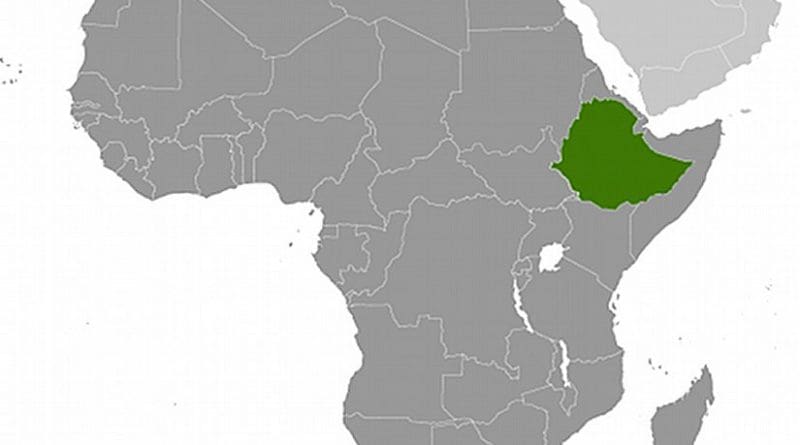Ethiopian Airline Flight Crashes, Killing 157
By VOA
An Ethiopian Airlines flight from Addis Ababa crashed shortly after takeoff Sunday morning, killing all 157 people onboard.
The state-run Ethiopia Broadcasting Corporation said the flight that went down near the city of Bishoftu carried passengers from at least 33 countries.
Thirty-two Kenyans, eighteen Canadians, nine Ethiopians, and eight Americans were among those killed. A number of United Nations staff were also among the victims.
“The Secretary-General was deeply saddened at the tragic loss of lives in the airplane crash today near Addis Ababa,” United Nations Secretary General spokesman Stephane Dujarric said in a statement.
“He conveys his heartfelt sympathies and solidarity to the victims’ families and loved ones, including those of United Nations staff members, as well as sincere condolences to the Government and people of Ethiopia,” the statement read, adding that the U.N. is in contact with Ethiopian authorities to “establish the details” of its employees who perished in the crash.
Ethiopian Airlines said the flight lost contact with Bole International Airport just six minutes after it took off Sunday morning at 8:38 am local time.
Prime Minister Abiy Ahmed said in a Twitter statement: “The Office of the PM, on behalf of the Government and people of Ethiopia, would like to express it’s deepest condolences to the families of those that have lost their loved ones on Ethiopian Airlines Boeing 737 on regular scheduled flight to Nairobi, Kenya this morning.”
The Boeing 737- MAX 8 was a new jet, delivered to the airline in November, according to the Planespotters civil aviation database.
“The aircraft is very new…and the pilot was very experienced,” Afrat Begashaw, spokesperson for the Ethiopian Airlines, told VOA, adding that any current explanation of why the plane crashed is “just speculation”.
Boeing issued a one-line statement Sunday, saying “Boeing is aware of reports of an airplane accident and is closely monitoring the situation.”
Flightradar 24 posted on Twitter that the “vertical speed” of the Ethiopian aircraft “was unstable after take off.”
The Boeing 737- MAX 8 is the same model that took off in October from Jakarta and crashed into the Java Sea a few minutes later, killing all 189 people onboard a Lion Air flight.
Investigators with Indonesia’s National Transport Safety Committee
issued a preliminary report last November, that based on information
gained from the flight data recorder, the plane’s automatic safety
system repeatedly pushed the plane’s nose downward, despite the pilots’
desperate attempts to maintain control. They believed the automated
system that prevents the plane from stalling if it flies too high on
Boeing’s new version of its legendary passenger jet received faulty
information from sensors on the fuselage.
The plane had a similar problem on a flight from the resort island of
Bali to Jakarta the night before the fatal crash. The investigators said
the plane was not airworthy and should have been grounded after that
flight.
Peter Clottey, Margaret Besheer contributed to this report.

